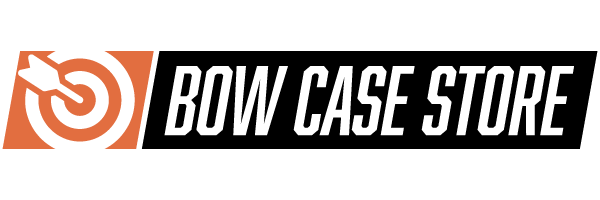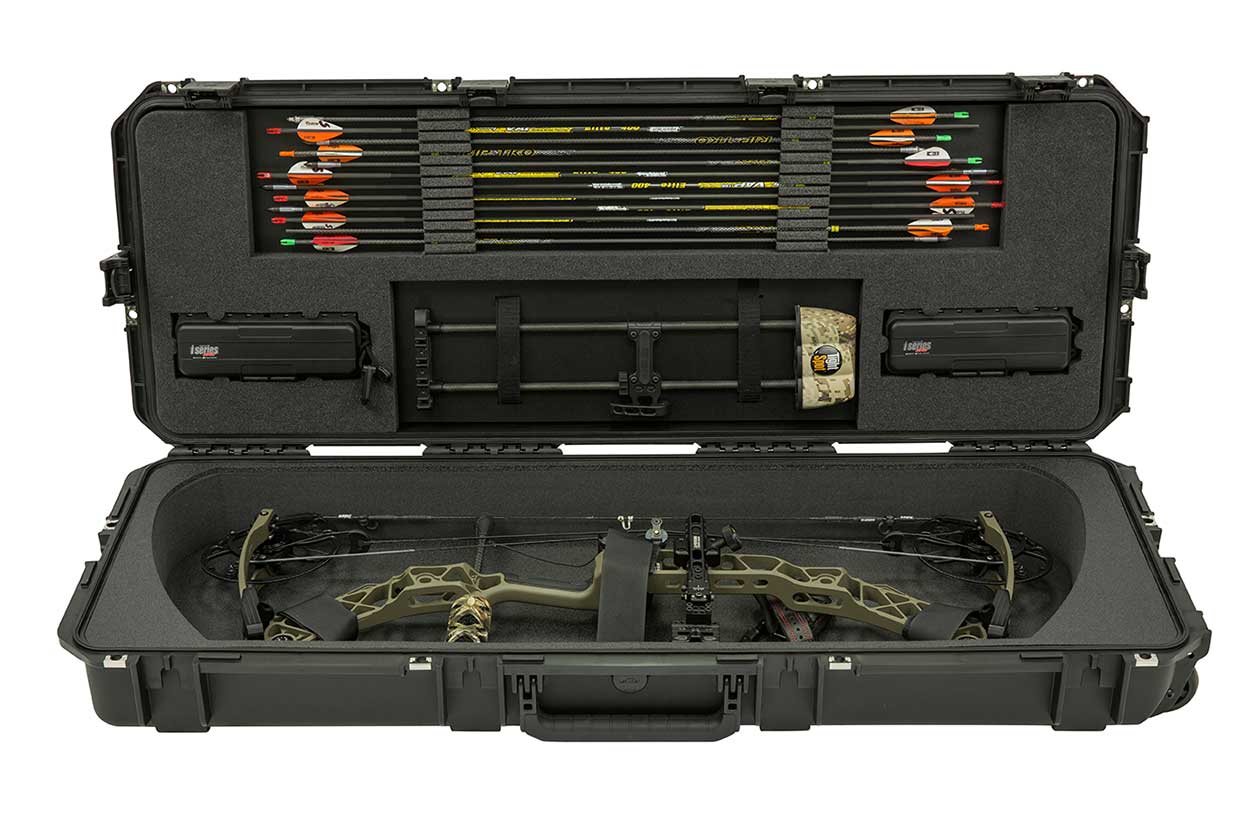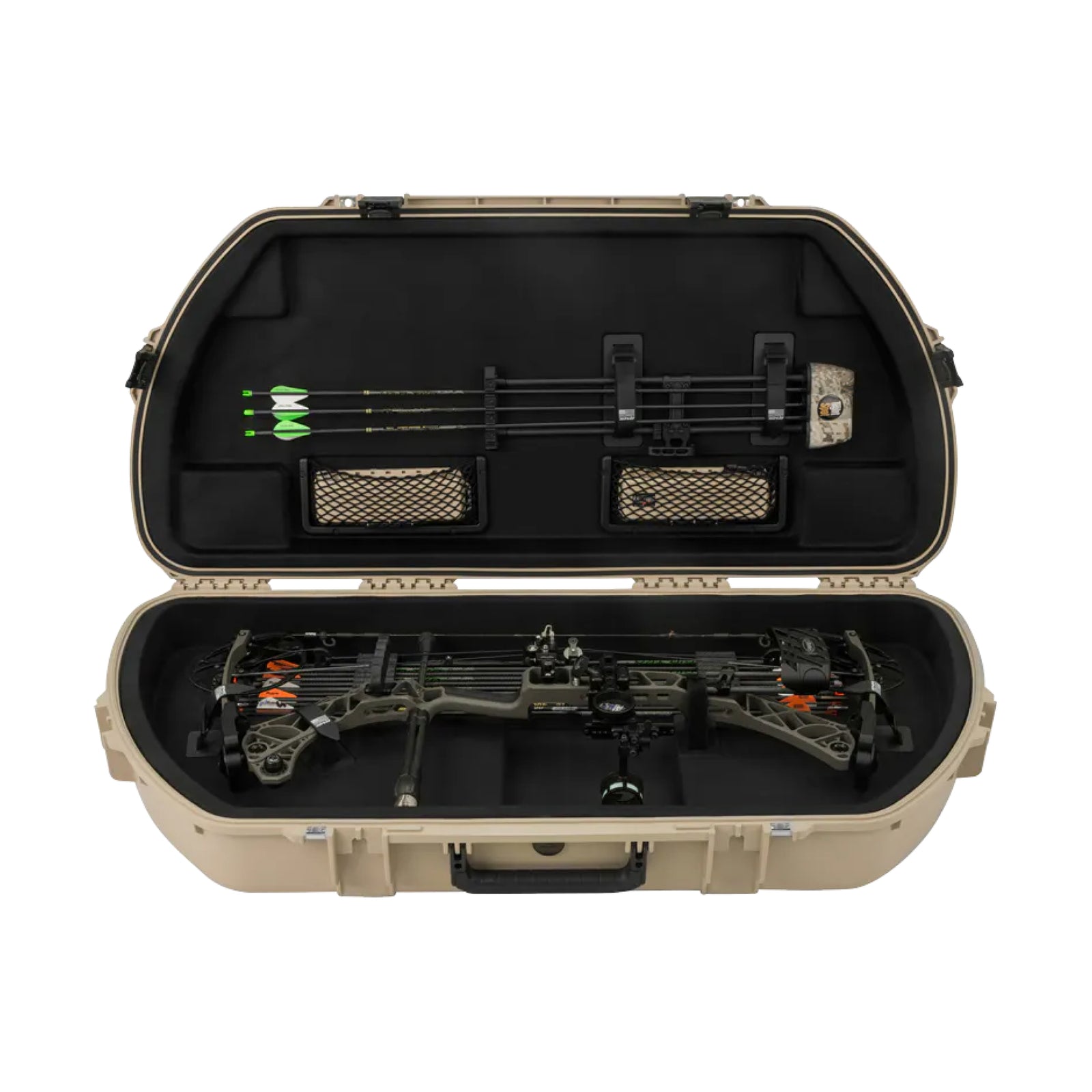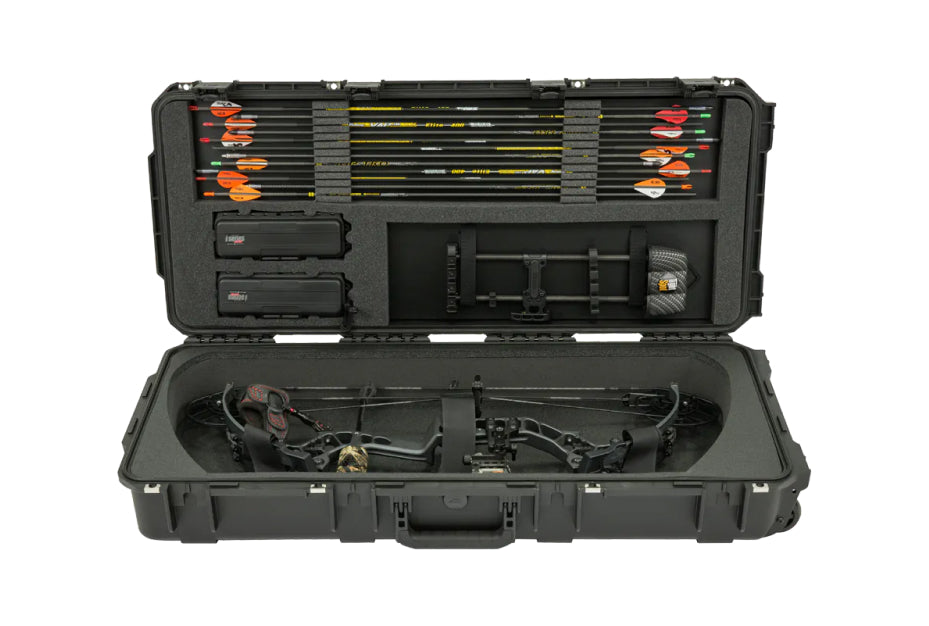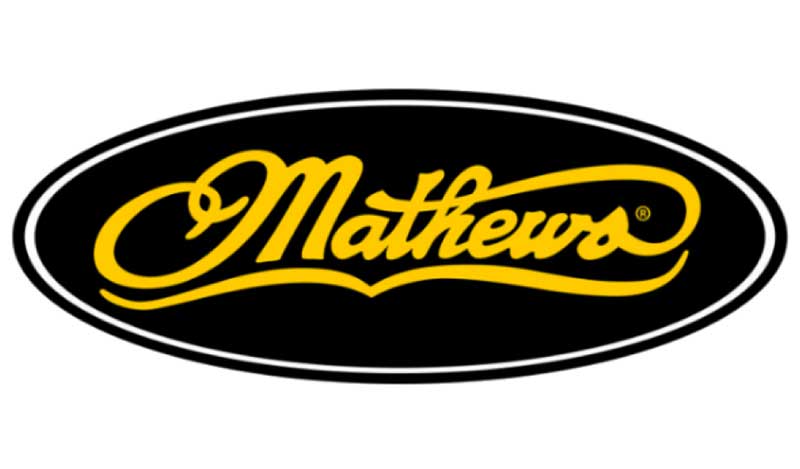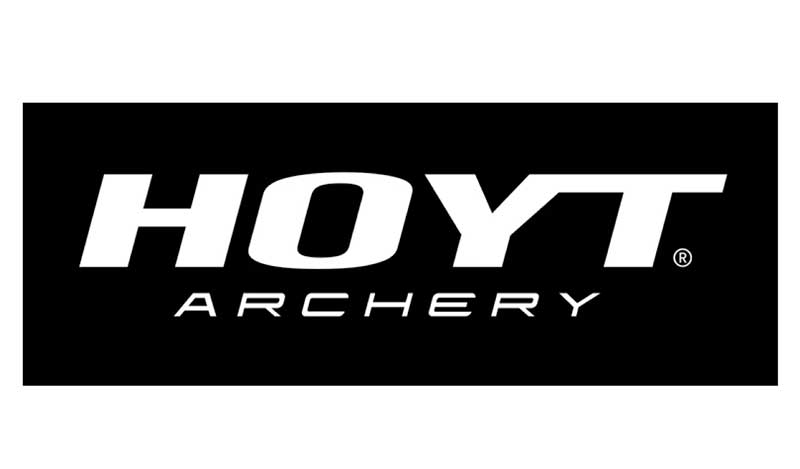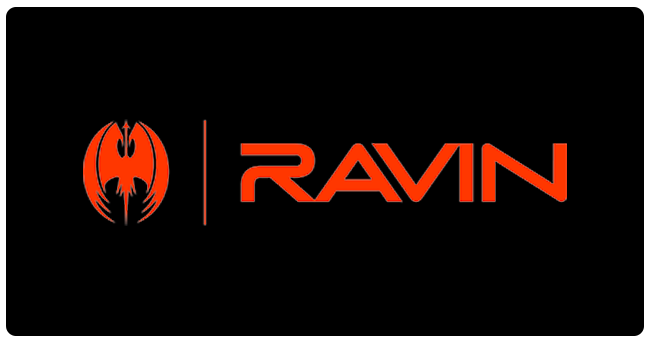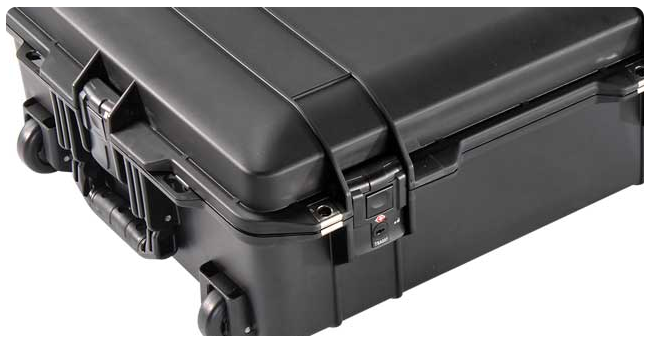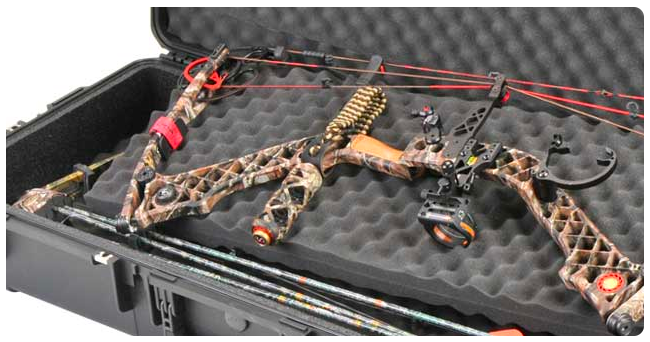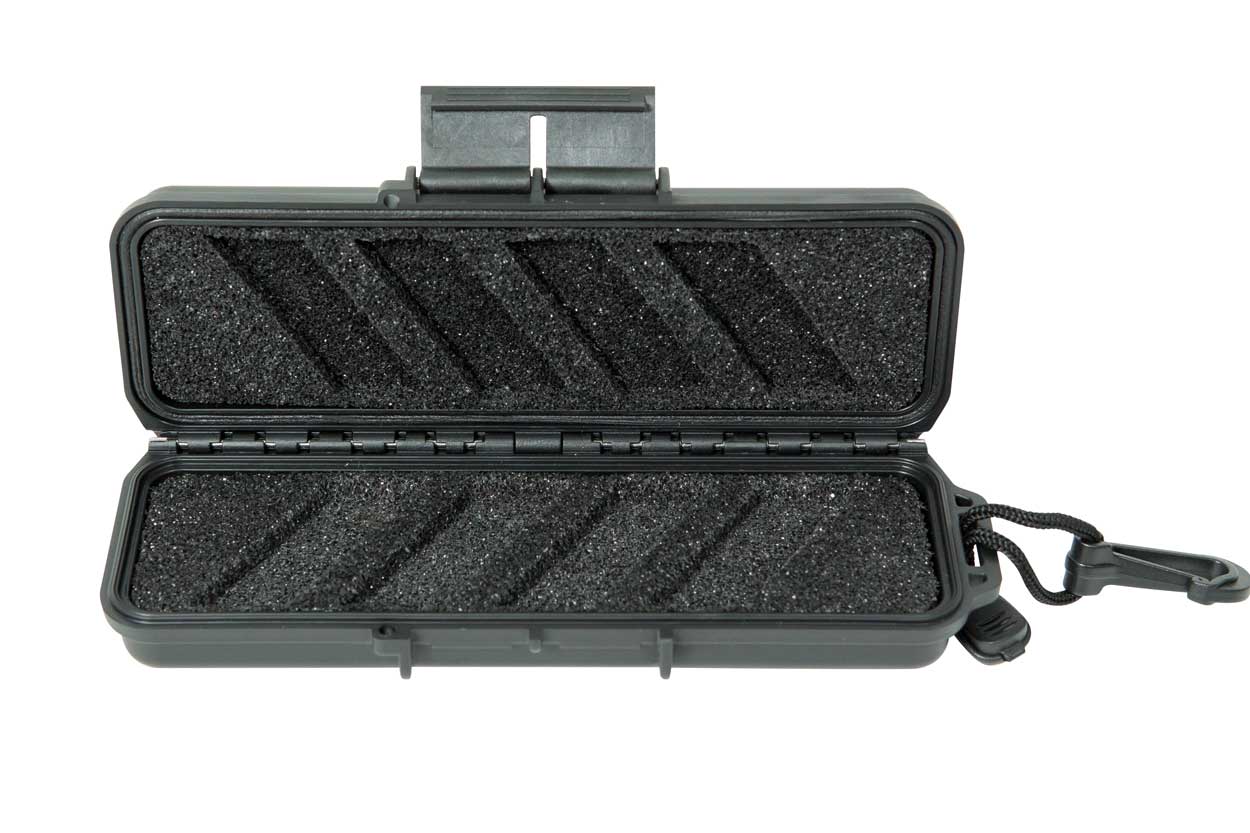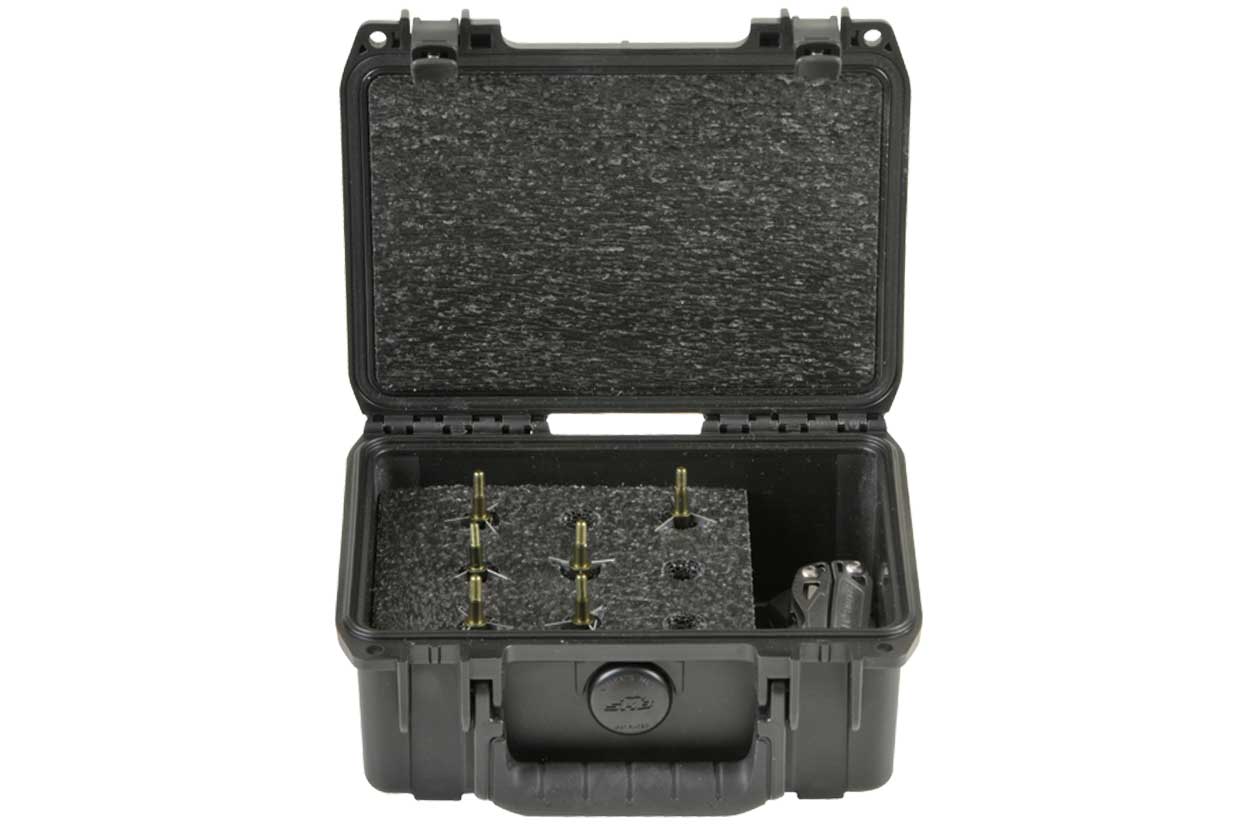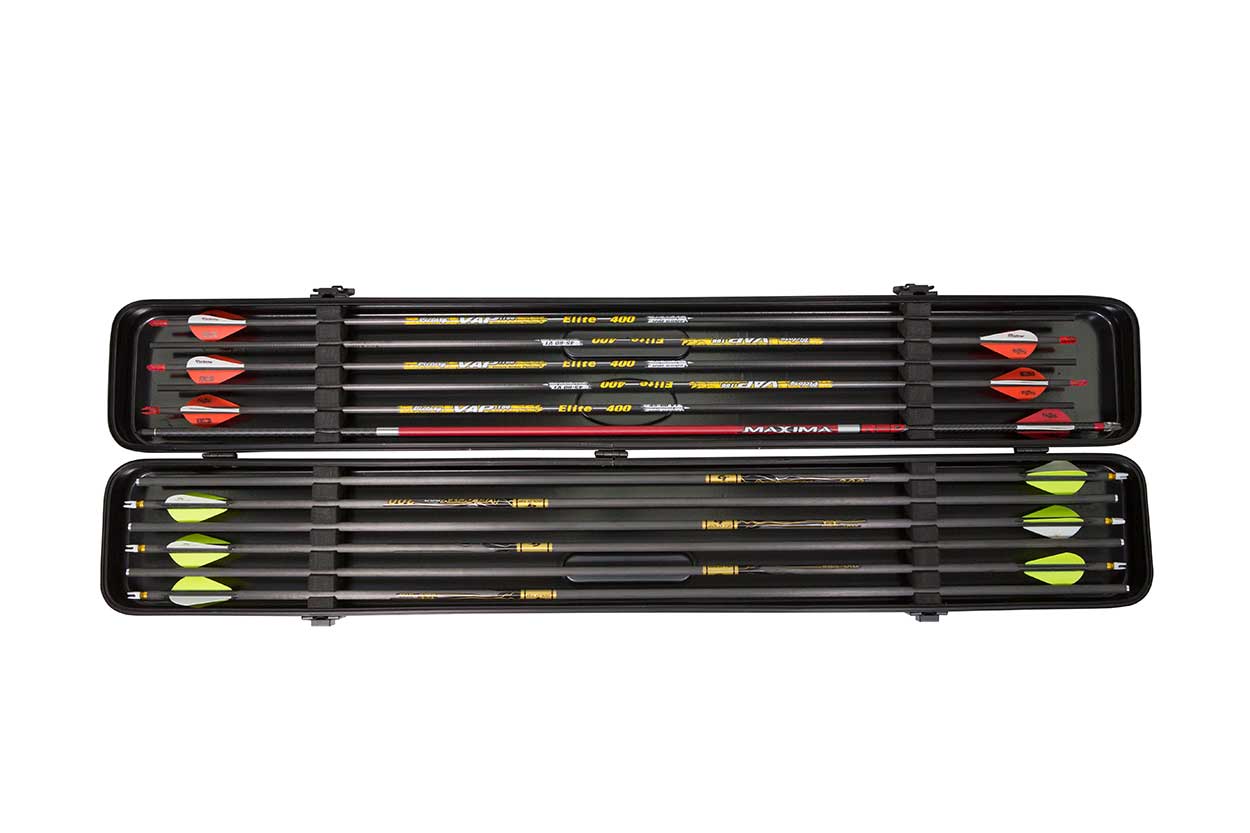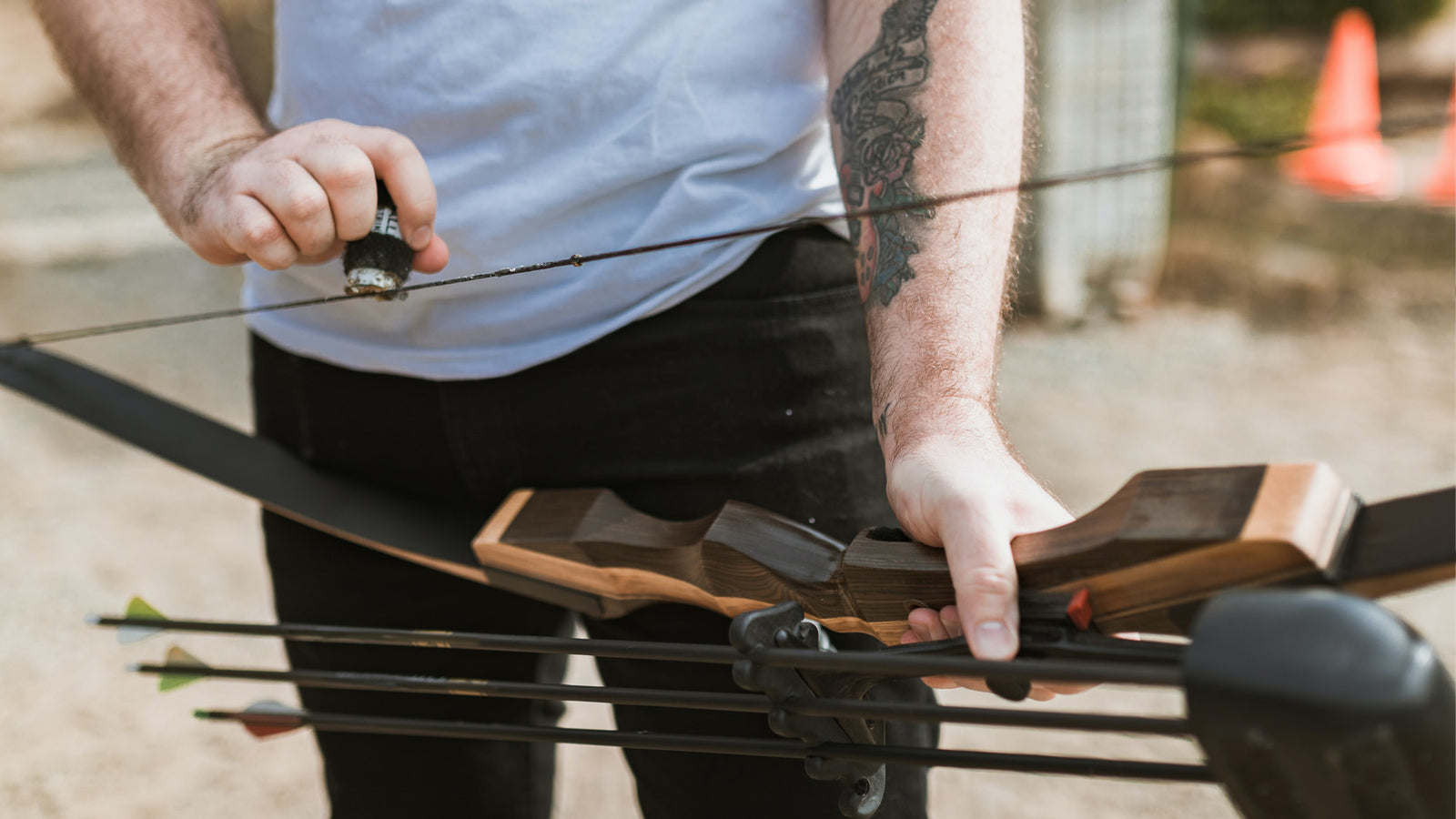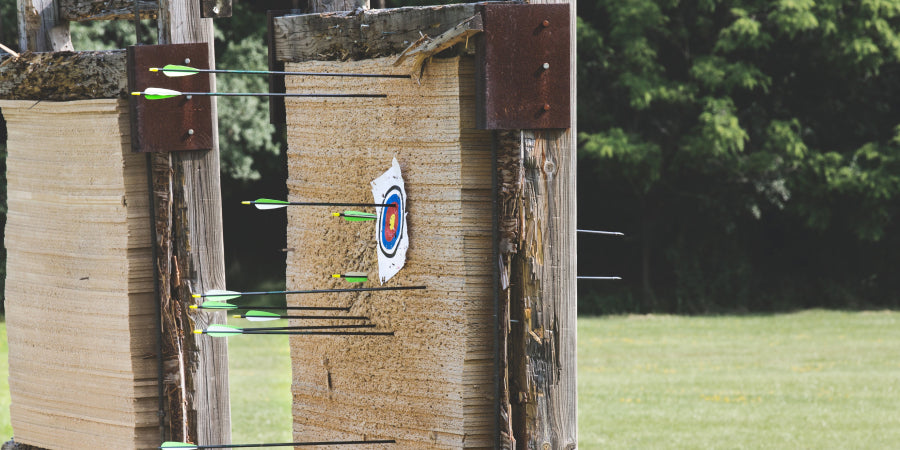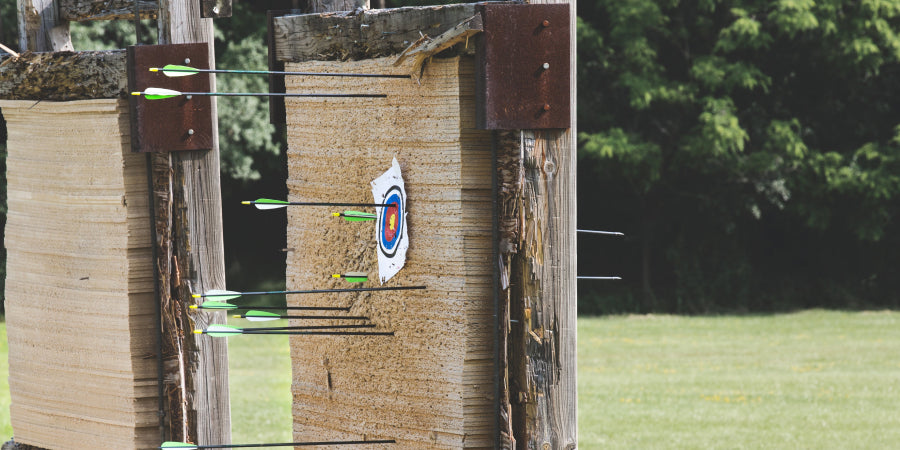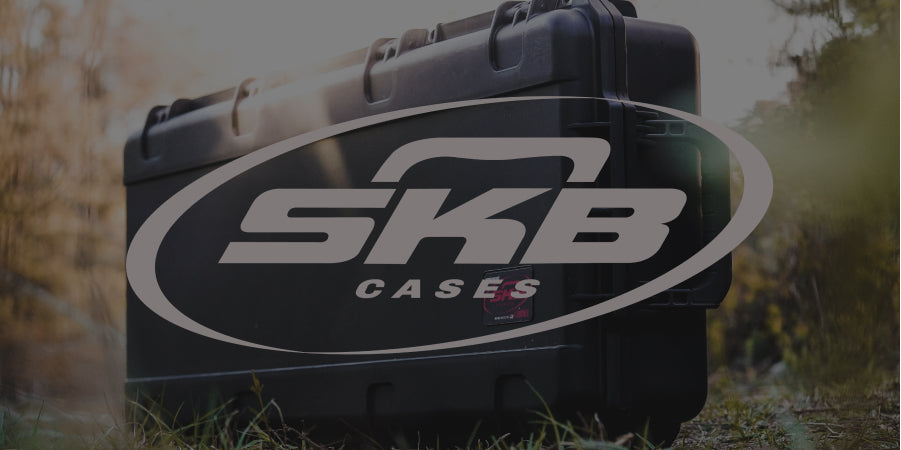When it comes to archery, your equipment plays a major role in how well you can perform or hunt. The most important piece of gear in archery is a bow, which is used to shoot arrows towards the target at a high speed, causing it to pierce the surface of the target. There are several types of bows you can find out there, and a recurve bow is one of the best options that you can use for your archery needs.
There are several types of accessories involved in archery, namely bows, arrows, arrow rests, bow sights, stabilizers, quivers, strings, and much more. Additionally, you can also make use of an archery bow case to help you carry all of the accessories safely and in a proper manner. Not only that, but a sleek and elegant bow case makes you look incredibly cool when you are walking into an archery tournament.
A recurve bow is a type of bow that features limbs curving away from the archer, and it is one of the most popular types of bows used in target archery, particularly in the Olympics. Apart from this, recurve bows are also used in 3D archery, field archery, bowhunting, and other types of archery. If you are on the lookout for recurve bows, this guide is specially for you.
A recurve bow is a type of bow that features limbs curving away from the archer, and it is one of the most popular types of bows used in target archery, particularly in the Olympics. Apart from this, recurve bows are also used in 3D archery, field archery, bowhunting, and other types of archery. If you are on the lookout for recurve bows, this guide is specially for you.
Read our exclusive guide on choosing a recurve bow, so that you can facilitate your archery journey in the right way.
Buying a Recurve Bow
There are several steps involved in choosing and buying a recurve bow, and by following this guide, you will be able to choose the best and most suitable type of bow to enhance and polish your skills.
Let’s have a look at the steps that you can follow:
Let’s have a look at the steps that you can follow:
1. Choosing a Discipline
The first thing you should do is to choose the discipline of the recurve bow that you want to apply, and there are two common options: Olympic recurve and traditional. With the former, you can make use of certain accessories to aid you in aiming and shooting the arrow. On the other hand, a traditional or barebow recurve requires you to aim and shoot without the use of any accessories.
If your preference is hunting, then Olympic recurve bows may not be suitable for your needs, and a wooden takedown recurve bow would be better.
2. Determining Your Budget
Another important step that you need to take care of is to decide how much you are willing to spend on a recurve bow. The most premium and expensive bows can go as high as $2,000, but you can also find affordable and entry-level options for as low as $150. Apart from the bow, you also have to factor in the price of the various accessories installed on the bow, as they help you sharpen your skills.
If you are looking to follow the discipline of the Olympic recurve, then you would have to consider the prices of additional accessories like the sight, stabilizer, and other equipment.
3. Finding out the Draw Weight
The draw weight refers to the weight required to draw back the string. Higher draw weights ensure better accuracy when you are shooting across longer distances, but adult beginners should always start off with a draw weight of 20-30#, whereas children and younger kids can start off with a lower draw weight between 15# and 20#.
4. Finding out the Draw Length
The draw length is another important factor when you have to choose a recurve bow and to measure it, you have to spread your arms and have someone measure the distance between the middle fingers of both hands. The measurement will be divided by 2.5 to obtain the draw length for your recurve bow.
5. Choosing a Bow Size
Next, you will have to choose the bow size, which is directly related to the draw length. The larger the draw length, the larger the bow will be. Generally, a recurve bow with a draw length of 20”-22” should have a 54” bow, whereas if the draw length is around 28”-30”, your bow will be around 68”-70”. The sizes may vary according to the manufacturer’s standards.
6. Learning Your Eye Dominance
The eye dominance refers to which eye plays a major role in setting your aim. To find this, you can place an object 15’ away and make a triangle with your thumbs and index fingers. Start by closing the left eye and see if the object remains in the center. If it does, you are right eye dominant and if it appears to have moved, you are left eye dominant.
It may be possible that your dominant eye is different from your dominant hand, and this is known as being cross dominant. If this is the case, you can choose a bow based on your dominant eye, or cover your dominant eye and choose a recurve bow based on your dominant hand.
7. Choosing the Materials
The eye dominance refers to which eye plays a major role in setting your aim. To find this, you can place an object 15’ away and make a triangle with your thumbs and index fingers. Start by closing the left eye and see if the object remains in the center. If it does, you are right eye dominant and if it appears to have moved, you are left eye dominant.
It may be possible that your dominant eye is different from your dominant hand, and this is known as being cross dominant. If this is the case, you can choose a bow based on your dominant eye, or cover your dominant eye and choose a recurve bow based on your dominant hand.
8. Selecting the Accessories
If you have followed all the steps until now, you will have a good-quality and suitable recurve bow in your hands. Now, it is time for you to select the accessories that will help you further your game and develop your archery skills. Unless you are going for the traditional archery discipline, you will need accessories and equipment.
Some of the common accessories include arrow rests, nocks, sights, stabilizers, plungers, clickers, armguards, and many others.
And there you have it. By now, you will be able to understand all of the comprehensive steps involved in choosing a suitable recurve bow for archery and hunting purposes. All that remains is for you to get your hands on a great recurve bow and get ready for an exciting archery journey.
